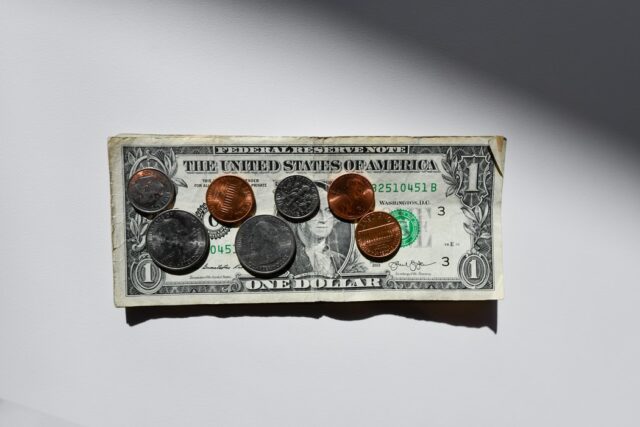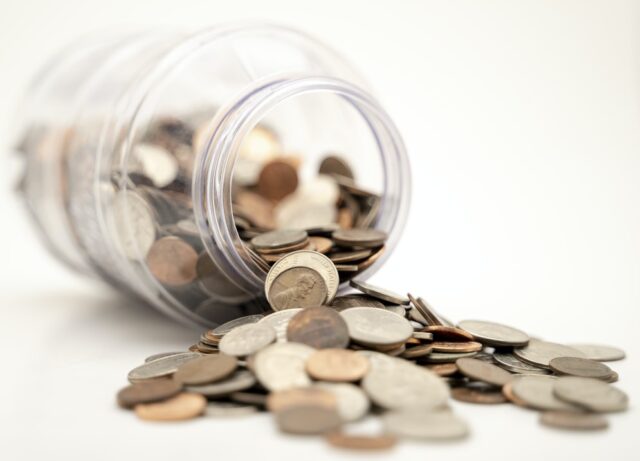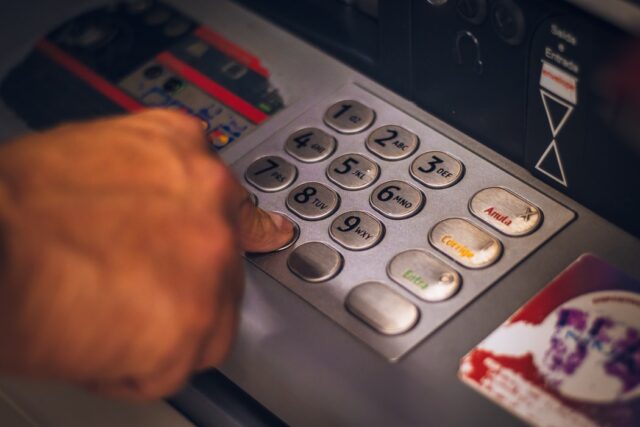
Did you know that most American households live paycheck to paycheck? And one in four Americans don’t have any retirement savings set up. When you’re trying to balance the budget, it can seem impossible to keep up with rent, bills, and the occasional nice time out on the town.
If you want more of your paycheck to stay in your savings account instead of quickly vanishing as soon as payday arrives, you’ll need to do some proactive planning. Here are several key steps to take when taking control of your finances going forward.
Make a List of Your Monthly Expenses

First thing’s first: you need a list of the month-to-month expenses for your household. In addition to house and car payments, utilities, and other necessities, make sure you add in the optional subscriptions that are charged monthly. For example, many households have a subscription to an online shopping membership or a streaming service. You might have several subscriptions to magazines, monthly boxes, online journals, or other content.
Don’t forget your gym memberships and club memberships, either. If you’re having trouble tallying all of your expenses, open your bank account, pull the most recent account statement, and look at your transactions for the past month. Assuming you use the same card for each subscription, the monthly bills should show up as automatic payments.
Expenses also include things like gas, groceries, and childcare. Again, if you need to get a ballpark estimate, look at the past month of your banking transactions to track your purchases.
Sort the Expenses by Priority

Some household expenses are necessary. Others might be a little frivolous and should be the first area that is looked at under a microscope as a place for potential cuts. Make two lists: expenses you must pay, and voluntary expenses. Examples of priority expenses might include:
- Your rent or mortgage
- Your electric and water bills
- Your car payments or public transit fees
- Your student loans
- Childcare costs
- Groceries
- Gas
Examples of non-priority expenses might include:
- Magazine and streaming subscriptions
- Shopping memberships
- Gym and spa memberships
- Splashy new clothes
- Takeout and restaurants
- Clubs, movie theaters, and other nightlife
Determine if You Can Make Any Priority Expenses Smaller

Priority bills usually take up the bulk of a budget. There’s not a lot you can do about your rent or mortgage payments, unfortunately, unless rates are currently lower than what you’re currently paying and it may be worth looking to your local mortgage lender. Have you been careful about conserving electricity and water around the house? Have you been taking care of your car?
Is there any way to save on gas and groceries? If you buy pre-made meals instead of cooking, you’ll find the expenses add up quickly. That goes especially if you have a household with multiple people. Cooking a few basic recipes in bulk each week can save you tons of money and keep your family full.
Student loans are another huge issue. You aren’t even paying for a service, so keeping up with them can feel pointless. But if you don’t pay them, your credit score and interest rate can be negatively impacted. Plenty of college graduates feel like they’re drowning in debt.
Interest rates are high and sympathy is low. You don’t make enough on a starting salary to cover the costs, but somehow you don’t qualify for financial relief. There are millions of people in the US stuck in this same cycle of drudgery. Another option to pay off debt is through selling your life insurance policy through sites like www.harborlifesettlements.com, which will give you some financial relief and access to cash.
Depending on the terms of your loan, you may be able to refinance more favorably with a private lender. The new loan’s terms may be fairer, with lower interest rates or more reasonable time frames for payment. You can click here to find out more about your options for refinancing your student loan debt.
Go Through Your Non-Priority List

Because your priority expenses are probably the bulk of your budget, they’re where you’ll find the most savings. It’s absurd to suggest that canceling a seven-dollar monthly subscription would somehow make it easier to pay a thousand-dollar mortgage fee. But once you’ve made as many lifestyle changes to your expenses as possible, and you’ve taken charge of your other bills, you can look at the low priority items.
You might think that we’re going to suggest you get rid of everything on that list. But no! There’s no point to being financially stable if you can’t have anything that brings you pleasure, either. Evaluating the list is actually very simple. Just go through these steps:
- Are there any subscriptions you don’t actually use? Gym memberships and shopping services are notorious for this. Cancel these subscriptions.
- Are the remaining subscriptions worth the use you’re getting out of them? Does that streaming service have movies you like? Does that monthly box make you excited when it arrives?
- Get rid of any subscriptions that feel like they’re draining you more than they’re delighting you.
- Look at your nonessential expenses like outings, restaurants, and clothes. How often do you purchase these things monthly? Is it possible to cut down without depriving yourself entirely?
- Are there ways to be more satisfied with your life without spending as much money?
Now, you don’t necessarily have to get philosophical here. But if you do find yourself thinking that your non-essential expenses aren’t making you happy, it might be time to pursue some new interests.
Take Cash from an ATM at the Beginning of Each Week

When you plan out your budget, it’s hard to allot specific amounts to things like fast food and impulse purchases. So instead, determine how much you can spend frivolously in a week. Take that amount out of the ATM in cash. Keep it in your wallet. Pay for all of your non-essential shopping trips and diner runs with that cash.
That way, you’re forced to keep track of how much you’ve spent and how much you have left. It’s easy to forget with a card. If you have cash left over at the end of the week, you can either roll it into next week or put the amount in your savings account.









